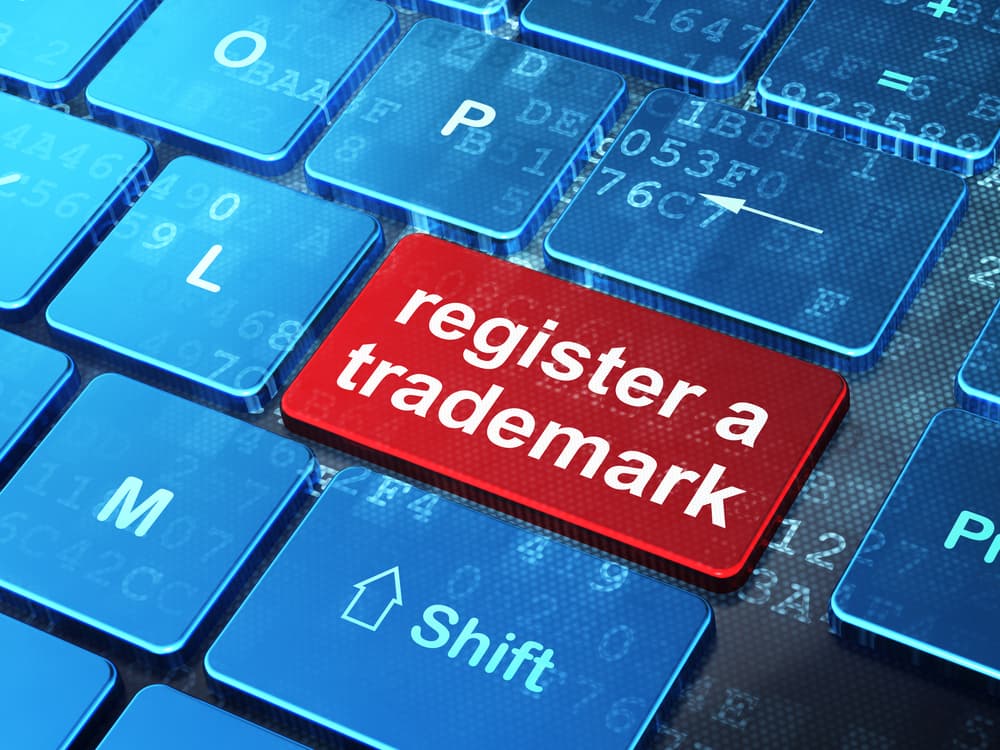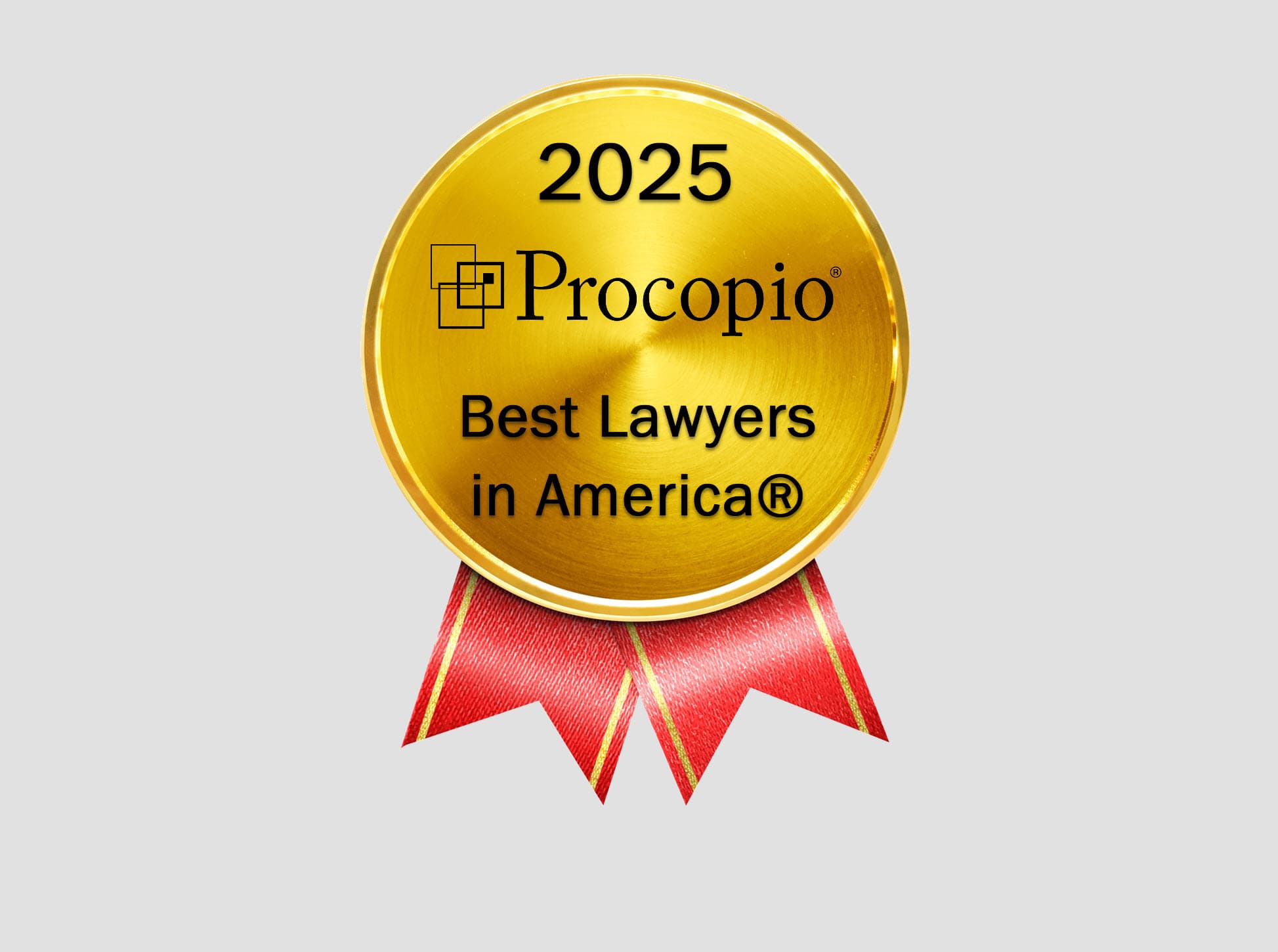Global Brand Protection and Anticounterfeiting
Global Brand Protection and Anticounterfeiting

Protecting Your Brand and Fighting Infringement and Counterfeits
Smart product manufacturers invest in protecting their intellectual property rights. Preventing and addressing counterfeit and infringing products on an ongoing basis should be prioritized as a core function of their business. It’s critical to safeguard their rights and to protect the integrity of both their products and the goodwill and reputation they have tirelessly established.
Any intellectual property attorney specializing in protecting brands is frequently asked what efforts companies should take to ensure their intellectual property rights are safeguarded. In my experience there are six key actions that are common if not essential. They both proactively prevent counterfeit and infringing products from harming their business and reputation, and quickly and efficiently address instances of counterfeit and infringing products to mitigate harm caused.
1. Portfolio Strategy
In establishing a global brand protection and anticounterfeiting strategy, it is important to start with developing a strategic and robust intellectual property portfolio. One starts by identifying a company’s important trademarks, including house marks, brand marks, logos, colors, and trade dress, and any original works of authorship which may be the subject of copyright protection. Thereafter, one develops and implements a domestic and international filing strategy to secure registration of these IP rights in the intellectual property office of each country. There are many considerations in portfolio strategy, including key current and future markets in which products are, or will be sold.
2. Customs Regulation and Enforcement
Customs authorities around the world are a valuable resource to aid in global brand protection and anticounterfeiting efforts. Customs authorities can assist in preventing the importation of counterfeit and infringing goods, and also genuine goods entering a country from unauthorized trade channels, known as parallel imports.
The first step in working with Customs authorities is to record a client’s trademark registrations and key product information with Customs authorities. Customs authorities around the world maintain databases with trademark registrations and information about defining characteristics of products that serves to distinguish genuine from counterfeit products. Shipments containing suspicious products can then be suspended by Customs on the basis of the brand owner’s Customs registrations. The brand owner, or its agent/legal counsel is contacted and asked to verify the authenticity of the goods being imported or exported. If the goods are in fact counterfeit, or infringe the brand owners rights, the goods can be seized and destroyed.
In addition to recording trademark registrations and key product information with Customs authorities, it’s important to educate authorities in each country who are tasked with enforcing their country’s anti-counterfeiting, unfair competition, and consumer protection laws on characteristics of genuine products in order to distinguish them from counterfeit and infringing goods so they can carry out seizures of illicit shipments. These authorities include Customs officials, law enforcement, governmental agencies tasked with regulating the illicit trade of counterfeit and infringing goods, and even judges in many countries. The trainings include an overview of the relevant intellectual property laws, and anti-counterfeiting and unfair competition laws, protocols and procedures to be followed during raids, seizures, administrative cases, and destruction of seized goods.
3. Cease and Desist Letters
Upon discovering counterfeit or infringing products in the market, the next step is to prepare and serve cease and desist letters to the individuals or entities involved in the infringing conduct. Thereafter, a number of variables can determine how to proceed, but in favorable instances, this can include negotiating product design changes with the infringer, obtaining signed undertakings, or negotiating settlement agreements. In addition, it’s common to collect settlement amounts in lieu of pursuing further legal action against the infringer.
4. Market Sweeps / Monitoring and Surveillance
Another effective brand enforcement tool is carrying out market sweeps, both online and at the physical retail level. One works with foreign counsel, investigators, market administrators, e-commerce platforms, and law enforcement authorities to combat the sale of counterfeit and infringing products. This entails physically visiting the markets to observe the products being sold, conducting trap purchases of counterfeit and infringing goods, hand delivering cease and desist letters, and initiating administrative, criminal, and civil lawsuits.
5. Domain Name Protection
Securing relevant domain names associated with one’s brand helps prevent cybersquatting and unauthorized use. Legal actions can be taken against those who register domain names containing terms that are identical or confusingly similar to a protected brand by asserting registered and common law trademark rights. These actions can include letters to domain registrars, administrative complaints, and Uniform Domain-Name Dispute-Resolution Policy (UDRP) proceedings with the Internet Corporation for Names and Numbers (ICANN).
6. Litigation
When necessary, legal action through litigation may be pursued to enforce intellectual property rights. This can include filing lawsuits against infringing parties, seeking injunctions, and claiming damages for harm caused to the brand.
Anyone engaged in manufacturing producing or selling products should engage with experienced legal counsel knowledgeable in all six steps listed above to begin developing a customized and strategic plan to combat sales of illicit products.
Stay up-to-date with the Procopio newsletter.
Sign Up NowMEDIA CONTACT
Patrick Ross, Senior Manager of Marketing & Communications
EmailP: 619.906.5740
EVENTS CONTACT
Suzie Jayyusi, Events Planner
EmailP: 619.525.3818









